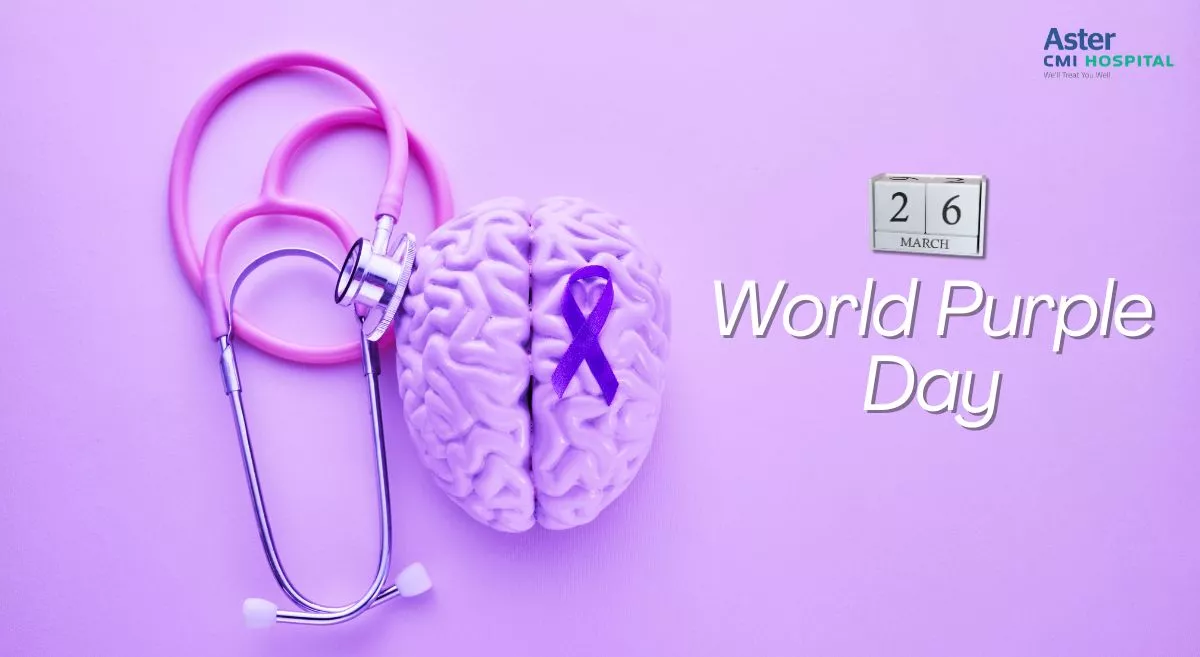What is CRC?
CRC is cancer of the colon or rectum, which are parts of the digestive system, specifically the intestines. Colorectal cancer, also known as colon cancer, rectal cancer or bowel cancer, begins as small tumors in the digestive tract, known as polyps, which can become cancerous or malignant over time.
What causes CRC?
The exact causes of CRC are not known, but the risk of developing it increases with age, with more than 90% of CRC cases occurring in people over the age of 50. Some other commonly cited risks for development of CRC include family history, inflammatory bowel disease (IBD), including either ulcerative colitis or Crohn’s disease, and genetic syndromes.
Research has linked CRC risk in people with environmental and several lifestyle factors including a diet that is high in red meats and processed meats, smoking and heavy alcohol consumption. Studies also indicate that men and women who are overweight are more likely to develop and die from colorectal cancer. Similarly, if you are not physically active, you have a greater chance of developing CRC and so regular exercise can lower your risk of getting cancer.
Those with a strong family history of CRC are also at increased risk of getting cancer before the age of 55. The risk of developing the disease is also increased in people with rare genetic syndromes such as Familial adenomatous polyposis (FAP), Attenuated familial adenomatous polyposis (AFAP) and Lynch syndrome.
What are the signs and symptoms of CRC?
Symptoms usually occur when CRC cases are detected at an advanced stage. Common signs and symptoms of CRC include:
- Blood in the stool
- Rectal bleeding
- Change in bowel habits
- Fatigue and weakness
- Constipation • Diarrhea
- Nausea or vomiting
- Abdominal pain and cramps
- Weight loss
How Is CRC detected and monitored?
Screening is an essential part of CRC prevention. Today there are several screening and detection methods that doctors use to screen for and detect CRC at an early stage.
Fecal Occult Blood Test (FOBT) -
This test is capable of detecting most early colorectal cancers. FOBT detects blood in the stool, which is often a symptom of CRC. Studies have shown that early detection using FOBT can help reduce the number of deaths due to CRC by 15% to 33%.
Flexible Sigmoidoscopy -
During this test, the doctor directly examines the lower half of the sigmoid colon using a lighted scope to detect and possibly remove any abnormality. Studies have shown that people who have regular screening with sigmoidoscopy after 50 years of age have a 60% to 70% lower risk of death due to CRC.
Colonoscopy -
For this test, the doctor examines the full intestine using a long lighted scope to view the entire colon and then both detect and remove polyps during the same procedure. Studies suggest that colonoscopy reduces deaths from CRC by about 60% to 70%.
CT Colonography (Virtual Colonoscopy) -
This screening method, also called computed tomographic colonography is a minimally invasive imaging examination, which uses CT scan image technology to produce detailed pictures of the inside of the colon and rectum.
Double Contrast Barium Enema (DCBE) -
This is a relatively painless test that uses X-ray examination to confirm the diagnosis and locate the tumor. During this procedure, a physician administers a liquid with barium through the anus and into the rectum and colon. The barium compound helps to show the image of the lower GI tract on an X-ray. Unlike a colonoscopy, the procedure does not allow polyps to be removed.
How is CRC treated?
Different types of treatment are available for patients with CRC. Many of the treatments can be used either together or one after the other.
Surgery -
Often the first treatment used for earlier stage colon and rectal cancer is surgery. The surgeon may remove cancer itself or a section of the colon or rectum. New surgery techniques such as Laparoscopic colorectal surgery and Minimally Invasive Robotic Surgery are becoming more widely used for some colon and rectal cancers. This approach usually lets patients recover faster, with less pain after the operation.
Radiotherapy -
High-intensity beams are directed at the cancer cells. It may be used before surgery to shrink the tumor, making it easier to remove, or after surgery to kill any remaining cancer cells.
Chemotherapy -
In chemotherapy, which is an important part of treatment for many people with CRC, cancer-fighting drugs are given either orally or through infusion. Chemotherapy can also be used to shrink a rectal tumor before surgery, and treat advanced Stage III and IV cancer.
Targeted therapy –
These are another group of cancer-fighting drugs that attack specific cells in the body. Targeted therapy includes monoclonal antibodies, which recognize specific parts of cells and target them. This therapy can be used alone or in combination with chemotherapy. One advantage of these targeted therapies is that they usually have fewer side effects than chemo drugs.
The good news is that with early detection and treatment, CRC can be completely cured and the patient can expect a long life. And, due to advances in screening techniques and improvements in treatments, the death rate from CRC has been significantly dropping over the past two decades.
Aster Medcity offers Minimally Invasive Robotic Surgery for colorectal cancer using high precision da Vinci Surgical System





